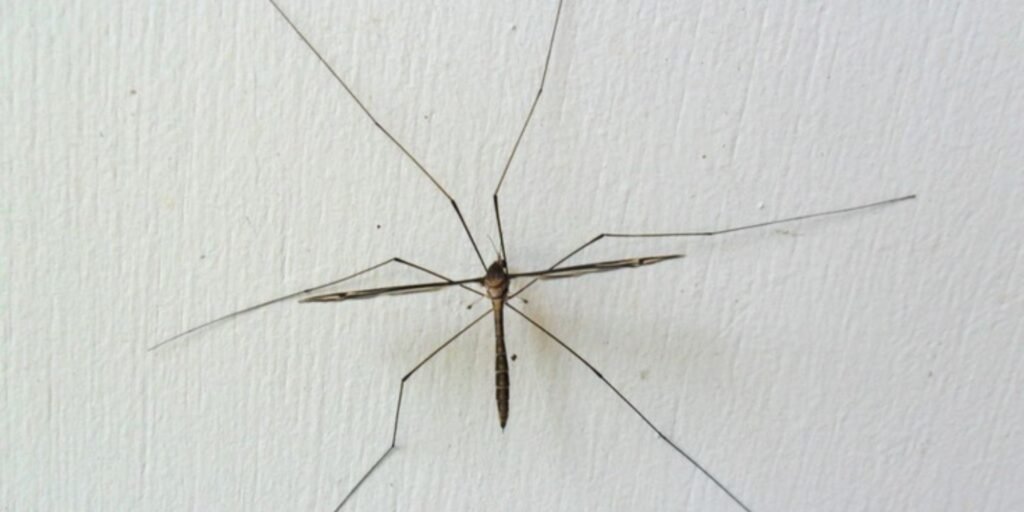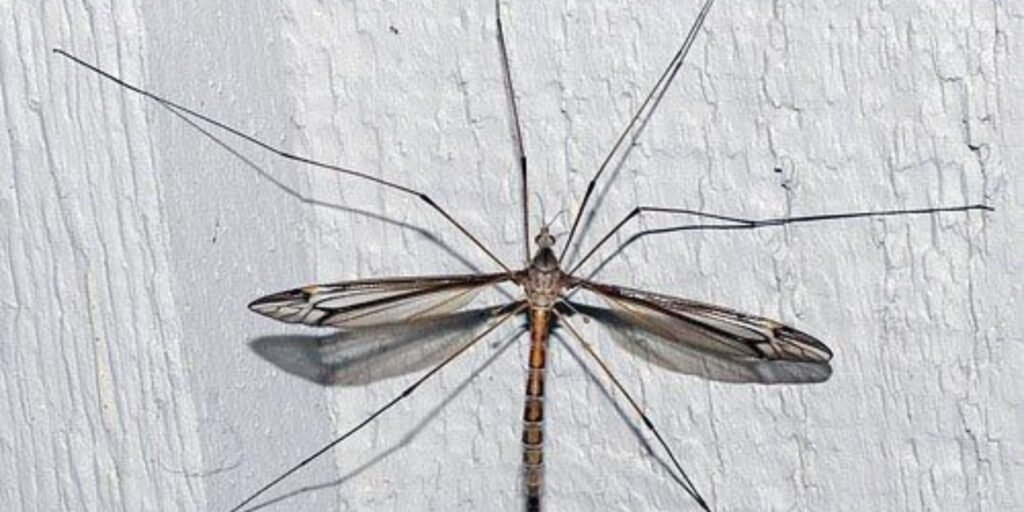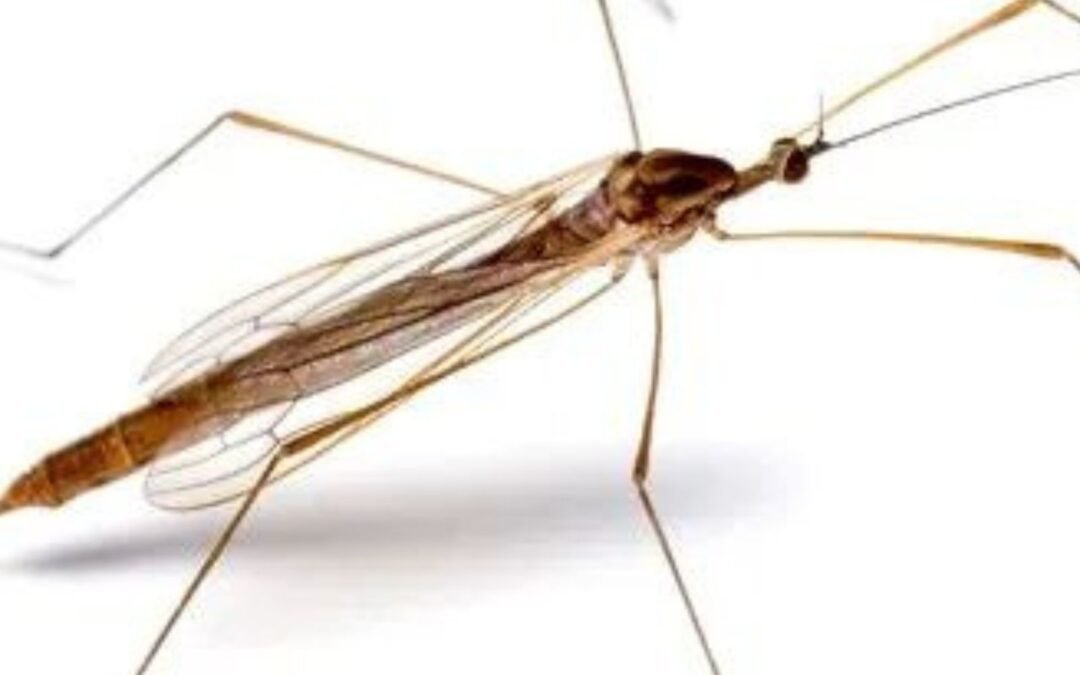Overview
Mosquito hawk. The name alone conjures images of graceful flyers dancing through the air, but these creatures often need to be understood. Many people think they’re dangerous pests simply because of their name. In reality, mosquito hawks play a unique role in our ecosystem that deserves attention.
These fascinating insects undergo a remarkable transformation from tiny larvae to striking adults. Their life cycle is not just an intriguing journey; it also reflects the complexities of nature itself. Join us as we dive deep into the enigmatic world of mosquito hawks and uncover the truths behind their lifecycle, ecology, and more!
The Fascinating Life Cycle of the Mosquito Hawk: From Larva to Adult
The life cycle of a mosquito hawk is nothing short of captivating. It begins in still water, often found in ponds or marshes. Here, tiny larvae emerge and start their journey. These aquatic creatures thrive on organic matter, which is crucial in nutrient cycling within their habitat.
The larvae undergo several moults as they grow before they are ready for a transformation. This metamorphosis marks a significant change as they develop into pupae. During this stage, remarkable changes occur beneath the surface while the larva prepares to break free from its previous form.
After sufficient time, adult mosquito hawks emerge from the pupal casing. These stunning insects take flight with delicate wings unfurling and bodies shimmering under sunlight. Their arrival adds beauty to our surroundings and sparks curiosity about their true nature and purpose in our ecosystem.
Introduction

The mosquito hawk, often mistaken for a menacing insect, is truly intriguing. Known scientifically as crane flies, these delicate insects are more fascinating than they appear at first glance. Their long legs and slender bodies evoke curiosity among nature lovers and casual observers alike.
Often found flitting near water sources during warmer months, mosquito hawks play a crucial role in many ecosystems. Despite their name suggesting a connection to mosquitoes, these creatures do not feed on them. Instead, they contribute to the intricate web of life around us.
Understanding the mosquito hawk’s life cycle offers insight into its ecological significance. From larval to adult stages, each phase serves vital functions within its habitat. This journey reveals much about how these creatures fit into our environment and why they’re worth studying.
The Misconception: Debunking the Myths Surrounding Mosquito Hawks
Many people believe that mosquito hawks are dangerous insects, citing their intimidating size and slender bodies. However, these creatures don’t bite or sting humans, and due to their name, they’re often mistaken for actual predators.
Another common myth is that they play a role in reducing mosquito populations. While it sounds appealing, adult mosquito hawks feed on nectar rather than hunting down pesky mosquitoes. Their larvae consume organic material in water but focus more on detritus than live prey.
Some even think that the presence of mosquito hawks indicates poor environmental conditions. These insects thrive in various habitats, showcasing a healthy ecosystem. Understanding these facts helps dispel fear, and appreciation can grow for this fascinating species.
Crane Fly vs. Mosquito Hawk: Understanding the Difference
Many confuse crane flies with mosquito hawks, but these two insects are distinct. Mosquito hawks are the adult form of certain non-biting midge larvae and belong to the Tipulidae family. They have long legs and slender bodies that can easily be mistaken for larger mosquitoes.
In contrast, crane flies share similar physical traits but differ in life cycle stages and behaviours. While they may resemble monstrous mosquitoes, crane flies pose no threat to humans or animals as they do not bite or feed on blood. Instead, they rely on nectar for sustenance.
Another key difference lies in their habitat preferences. Mosquito hawks typically thrive near water sources where their larvae develop, while crane flies prefer moist environments such as gardens and wetlands. Understanding these differences helps clarify why both insects play unique roles within our ecosystems.
Understanding the Larval Stage of a Mosquito Hawk
The mosquito hawk’s larval stage is a fascinating phase in its life cycle. These tiny larvae, often found in moist soil or shallow water, thrive on organic matter and detritus. Their elongated bodies allow them to swim efficiently through their aquatic habitats.
During this time, they play an essential role in nutrient recycling within ecosystems. As they consume decomposing material, they help maintain ecological balance by breaking down waste products. This process nourishes the larvae and enriches the environment around them.
Larvae develop rapidly under favourable conditions, growing larger as they moult several times before pupation. Their presence indicates a healthy ecosystem since these creatures require specific conditions to flourish—clean water and abundant organic material are crucial for their survival and development into adulthood.
Metamorphosis: The Transformation into an Adult Mosquito Hawk
The metamorphosis of a mosquito hawk is a remarkable journey. After spending time in the water as larvae, they prepare for one of nature’s most fascinating transformations. This stage marks the transition from an aquatic life to a winged existence.
As the larvae mature, they undergo significant changes within their protective casings. Their bodies start reorganizing, developing wings and other adult features. This process can take several days to weeks, depending on environmental conditions like temperature and food availability.
Once fully developed, the adult mosquito hawk emerges from its larval casing and takes flight with grace and agility. These delicate creatures may not be true predators, but their presence and behaviour play essential roles in various ecosystems.
Ecology of Mosquito Hawks: Their Role in the Ecosystem
Mosquito hawks play a vital role in the ecosystem, often mistaken for menacing insects. These delicate creatures primarily feed on nectar and thrive in wetland areas. Their presence indicates healthy habitats that support diverse wildlife.
As adults, mosquito hawks are important pollinators. While they may not be as well-known as bees or butterflies, their contributions to plant reproduction must be noticed. Many plants depend on them for successful flowering and fruiting.
In addition to their pollination efforts, mosquito hawk larvae contribute to aquatic ecosystems by helping break down organic matter. During their development phase, they serve as food for various fish and amphibians. This interconnectedness highlights how every species plays a part in maintaining ecological balance.
Pest Status: Are Mosquito Hawks Harmful or Beneficial?
Mosquito hawks often evoke mixed reactions. On one hand, many people view them as a nuisance, especially when they invade homes and gardens. Their long legs and delicate appearance can seem menacing, leading to misconceptions about their behaviour.
However, these fascinating insects play a significant role in the ecosystem. Mosquito hawks primarily feed on smaller insects during their adult stage. This natural predation helps control pest populations that might otherwise overrun outdoor spaces.
Moreover, mosquito hawk larvae contribute to nutrient cycling in aquatic environments. They thrive in wet habitats and feed on organic matter, enhancing soil quality over time. Understanding their ecological importance makes it clear that mosquito hawks offer more benefits than harm to our surroundings.
Conclusion

The life cycle of the mosquito hawk is remarkable, full of transformation and ecological significance. From their early larval days in moist habitats to their emergence as delicate adults, these creatures play an interesting role in our environment.
Despite common misconceptions that label them as dangerous pests, mosquito hawks are largely harmless to humans. Instead of feasting on blood like true mosquitoes, adult mosquito hawks primarily feed on nectar or simply do not have a mouth for feeding. Their presence can be beneficial, helping control other insect populations.

